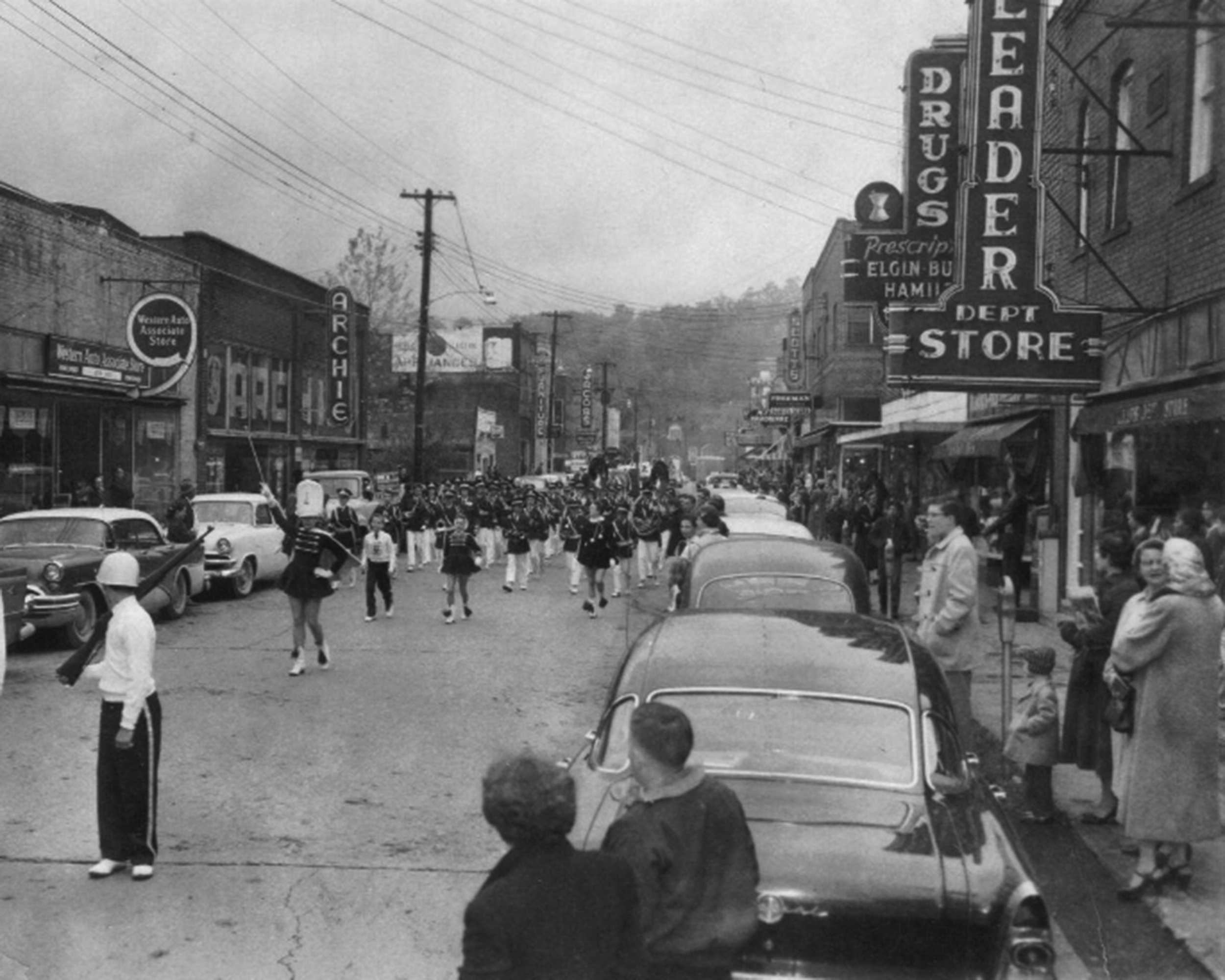
Our history & heritage
“Well I declare”
Take a trip back to when the Appalachian Mountains fueled and built America
-

Cumberland
In the early 1800s, six families settled on the banks of the Poor Fork and established what would later become Cumberland. At that time, it was named Poor Fork for its location on a fork of the Cumberland River with relatively poor soil.
It remained isolated until the coal mining boom of the 1900s when railroads connected it with surrounding towns. It was renamed "Cumberland" in 1926.
Cumberland is the oldest and largest of the Tri-Cities.
Cumberland’s businesses were privately owned, unlike Benham and Lynch, where the coal companies owned the businesses.
In 1960, Cumberland became home to Southeast Kentucky Community and Technical College (SKCTC).
Cumberland is the “Black Bear Capital of Kentucky.” Keep your eye out for our furry friends!
Cumberland City Hall: 606.589.2106
Mayor: Charles Raleigh
-

Benham
Benham’s original name was Yowell, given by early settlers who heard the growl of mountain wildcats. The Yowell post office was established in 1900. The name was changed to Benham in 1911.
International Harvester established the city as a coal mining community. When the railroad tracks came through the Looney Creek valley, International Harvester ordered lumber, stone, and steel shipped to Benham to build the city. At its peak operation, there were 1,200 employees and their families residing in Benham.
Due to economic and technological changes in the coal industry in the early 1960s, International Harvester began selling the buildings and homes. The churches were deeded to their local congregations, the school to the county school system, and the hospital to a non-profit group. In 1961, the company incorporated Benham with a mayor and city council.
Today, Benham’s town center is listed on the National Register of Historic Places.
Benham City Hall: 606.848.5506
Mayor: Danny Quillen
-

Lynch
U.S. Coal & Coke, a subsidiary of U.S. Steel, built the city of Lynch, its buildings, and its homes in 1917 as a company town to house workers at the company's nearby coal mines. It was named for then-head of the company, Thomas Lynch.
By 1921, the city of Lynch had the largest coal tipple in the world.
The high-grade coal found in the Benham and Lynch mines fed the explosive growth of northern steel industries.
By the 1940s, Lynch had a population of 10,000 and was the largest coal company town in the world. The population declined dramatically in the 1960s and 1970s as mining techniques shifted to less labor-intensive methods.
The Lynch Historic District was listed on the National Register of Historic Places in 2003.
Lynch City Hall: 606.848.2873
Mayor: Justin Wren
“Coal has been a vital economic engine in the Appalachians for well over 200 years. First discovered in Kentucky by Dr. Thomas Walker in 1750, the vital role that coal would play as an energy resource quickly took hold, changing both the economic landscapes of Eastern Kentucky and the country as a whole.”
Learn more about how coal shaped our region from The Kentucky Wildlands
